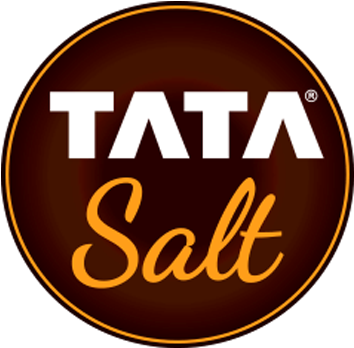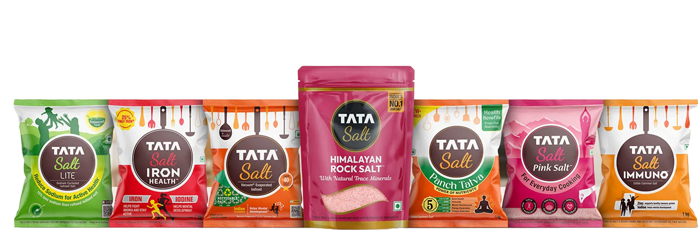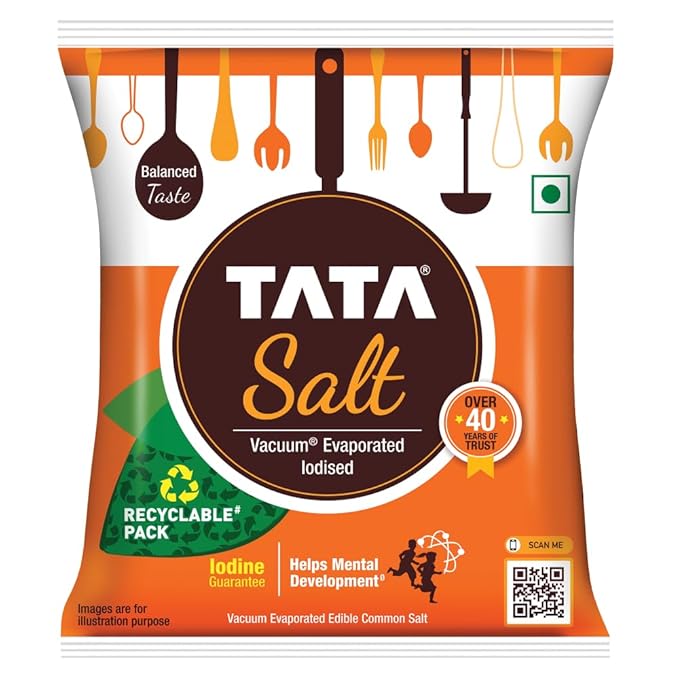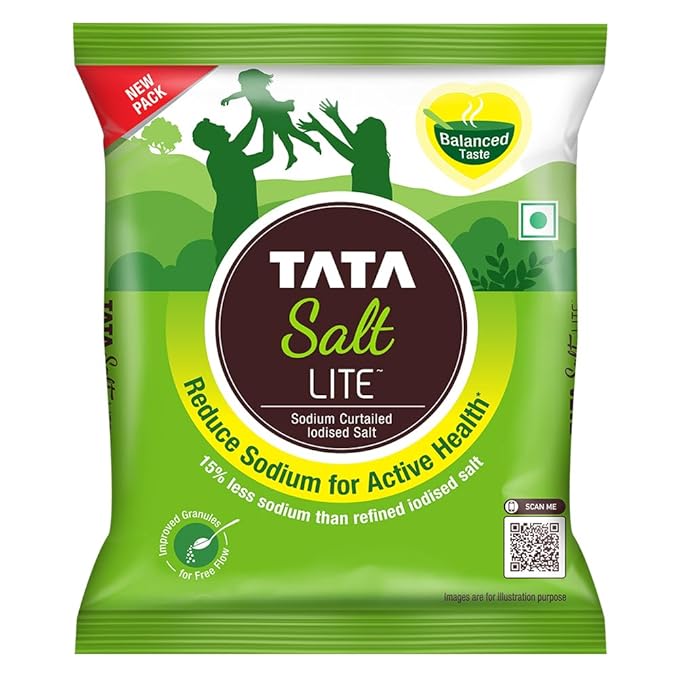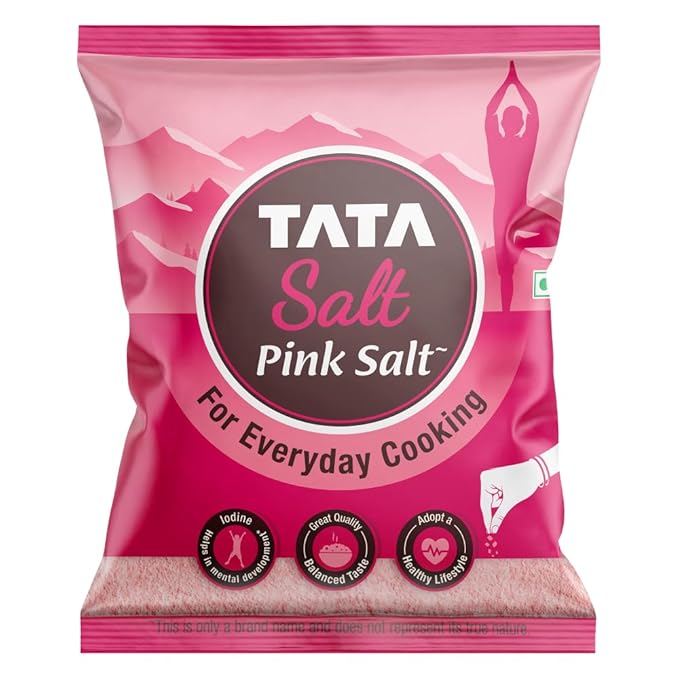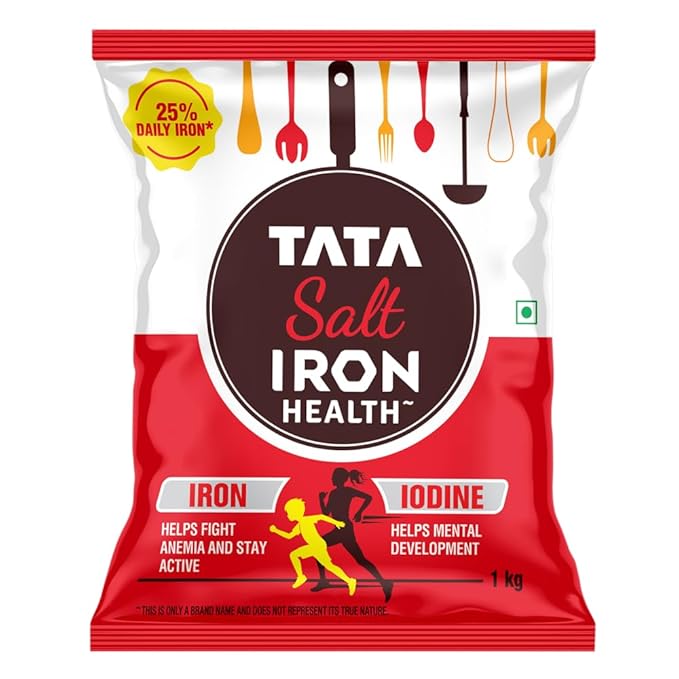Brand Overview
Brand:
Tata Salt
Parent Company:
Tata Consumer Products Ltd. (formerly Tata Chemicals)
Core Categories:
Foods
Taglines Over the Years:
Desh Ka Namak
Context & Market Entry
India in the Early 1980s:
- Most Indians consumed loose, unbranded salt, often impure and non-iodized.
- Iodine deficiency was common, leading to widespread health issues such as goitre and developmental delays.
- No major player had created a national packaged salt brand.
- Tata Chemicals introduced India's first packaged iodized salt, backed by:
- Health claims (iodine for mental development)
- Purity assurance
- National distribution
Marketing Mix (4Ps)
Product Strategy
Core Product:
- Tata Salt (original): Vacuum evaporated iodized salt ensuring purity and health.
- Tata Salt Lite – low sodium for hypertensive individuals
- Tata Salt Rock Salt – natural sendha namak
- Tata Salt Crystal – for southern Indian cooking preferences
- Tata Salt Plus – fortified with iron to tackle anemia
- Tata Salt Immuno – infused with zinc for immunity (launched during COVID era)
- Focus on health, trust, and science-based enhancements to an everyday essential.
Pricing Strategy
- Launched at affordable price points to convert consumers from loose salt.
- Positioned as value-for-money: premium over unbranded salt, but with health and hygiene benefits.
- Maintains mass pricing despite product upgrades (e.g., iron-fortified salt).
Promotion Strategy
Positioning Pillars:
- Nationhood and Trust: “Desh Ka Namak” symbolized patriotism, honesty, and Indian pride.
- Health Education: Created awareness about iodine deficiency.
- Mother-Family-Health Connect: Positioned salt as a caring choice for family health.
- “Desh Ka Namak” (1990s): Iconic, emotional appeal to patriotism and trust.
- “Namak ho Tata ka, Tata namak” – Brand name repetition for recall.
- Tata Salt Plus ads – Educated about iron-deficiency anemia in children.
- Digital Era: Campaigns linking salt to Indian values, freedom fighters, and nutrition education.
Distribution Strategy
- Pan-India distribution network: Kirana stores, modern trade, chemist shops.
- Early adoption of direct distribution to retailers for better control.
- Widely available in rural India via small SKUs.
- Strong presence in e-commerce platforms in recent years.
Competitive Landscape
Early Competitors:
- Unorganized, loose salt sellers
- Regional crystal salt producers
Later Competition:
- Annapurna Salt (HUL) – now defunct
- Aashirvaad Salt (ITC)
- Catch Salt (DS Group)
- Patanjali, Tata Salt's own variants
Tata Salt's Edge:
- First-mover advantage
- Strong brand trust via Tata name
- Health-centric innovation (iron, zinc)
- Extensive distribution reach
Challenges & Responses
Challenges:
- Market commoditization of salt category
- Entry of regional players with lower pricing
- Rising health claims by competitors
- Urban consumers exploring gourmet/specialty salts
- Product innovation (fortified, low-sodium, immunity salts)
- Education-led marketing
- Premiumization without alienating core customer base
- Brand extensions into related categories (e.g., pulses, spices under Tata Sampann)
Consumer Perception & Cultural Connect
- Seen as clean, safe, and trustworthy.
- Deep emotional connect through campaigns highlighting values like patriotism, honesty, and maternal care.
- Became part of cultural lexicon – “Desh Ka Namak Khaya Hai” (a phrase to evoke loyalty and duty).
Impact & Legacy
- Helped eradicate iodine deficiency from vast parts of India.
- Created a category where none existed.
- Symbol of “safe essentials for every Indian”.
- Became India's No. 1 packaged salt brand, with over 30% market share.
Current Position (as of 2025)
- India's largest packaged salt brand
- Distributed in 20+ countries, part of Tata's global food push
- Strong recall in urban and rural markets alike
- Part of Tata Consumer Products' broader "nutrition for India" strategy
Key Learnings
- Trust and Purpose build long-term value even in low-involvement categories.
- Education-led marketing can create demand where none existed.
- Continuous innovation is key, even in staple commodities.
- Strong distribution and brand philosophy can fend off commoditization.
Summary
Tata Salt's journey is a benchmark in category creation, trust-building, and purpose-driven branding. From a basic kitchen staple to a symbol of national pride and nutritional well-being, Tata Salt's success is not just in market share but in shaping consumer behavior and public health in India.

